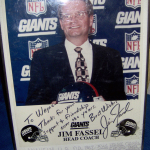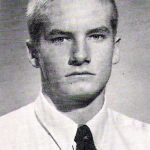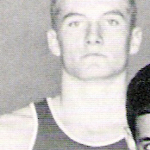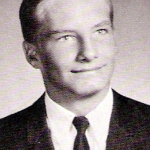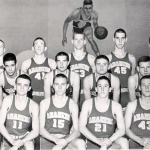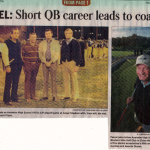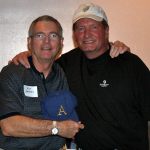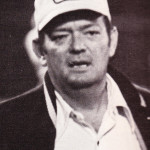 Jim Fassel from Anaheim High Class of ’67 is a Colonist who literally grew up on Colonist athletic fields since his father, Bud, also an Anaheim grad from Class of ‘39, was the equipment manager for the Athletic Department for more than 25 years.
Jim Fassel from Anaheim High Class of ’67 is a Colonist who literally grew up on Colonist athletic fields since his father, Bud, also an Anaheim grad from Class of ‘39, was the equipment manager for the Athletic Department for more than 25 years.
Much more can be said about Bud Fassel’s positive influence on the lives of the athletes he interacted with on a daily basis. Most importantly was the impact Bud made on his son who went on to play quarterback for the Chicago Bears and the San Diego Chargers, going on to become head coach of the New York Giants.
Jim was named NFL Coach of the Year in 1997, and he took the New York Giants to Super Bowl XXXV in January 2001. Most recently, he served as head coach, manager and president of the Las Vegas Locomotives in the United Football League, winning several UFL title during the league’s existence. He has also worked as an ESPN sports announcer.
Jim writes that “everything that has happened to me in my life can be traced back to Anaheim High,” in the foreword of Anaheim Colonists Football – A Century of Tradition by Dennis Batement from AHS Class of ’89. “Being a ball boy for the football team, riding the team bus with so many great athletes and on the back of the equipment truck are still some of the greatest thrills of my life.”
Jim devotion to his alma mater has never stopped since graduating in 1967. He established the Bud Fassel Memorial Scholarship, which annually awards outstanding Colonist athletes. He also sponsors the annual AHS Alumni Association Golf Classic as a golfer, donor and auctioneer for the event’s silent auction.
Jim is also involved in raising fund for the 911 first responders. The Jim Fassel Foundation, set up in 2002 to support first responders and the families affected by the World Trade Center attacks, has raised more than $1.1 million. Click the following link to read an in depth article on Jim and his devotion to Anaheim High: Jim Fassel
More on his athletic career is available at: http://en.wikipedia.org/wiki/Jim_Fasselhttp://en.wikipedia.org/wiki/Jim_Fassel


